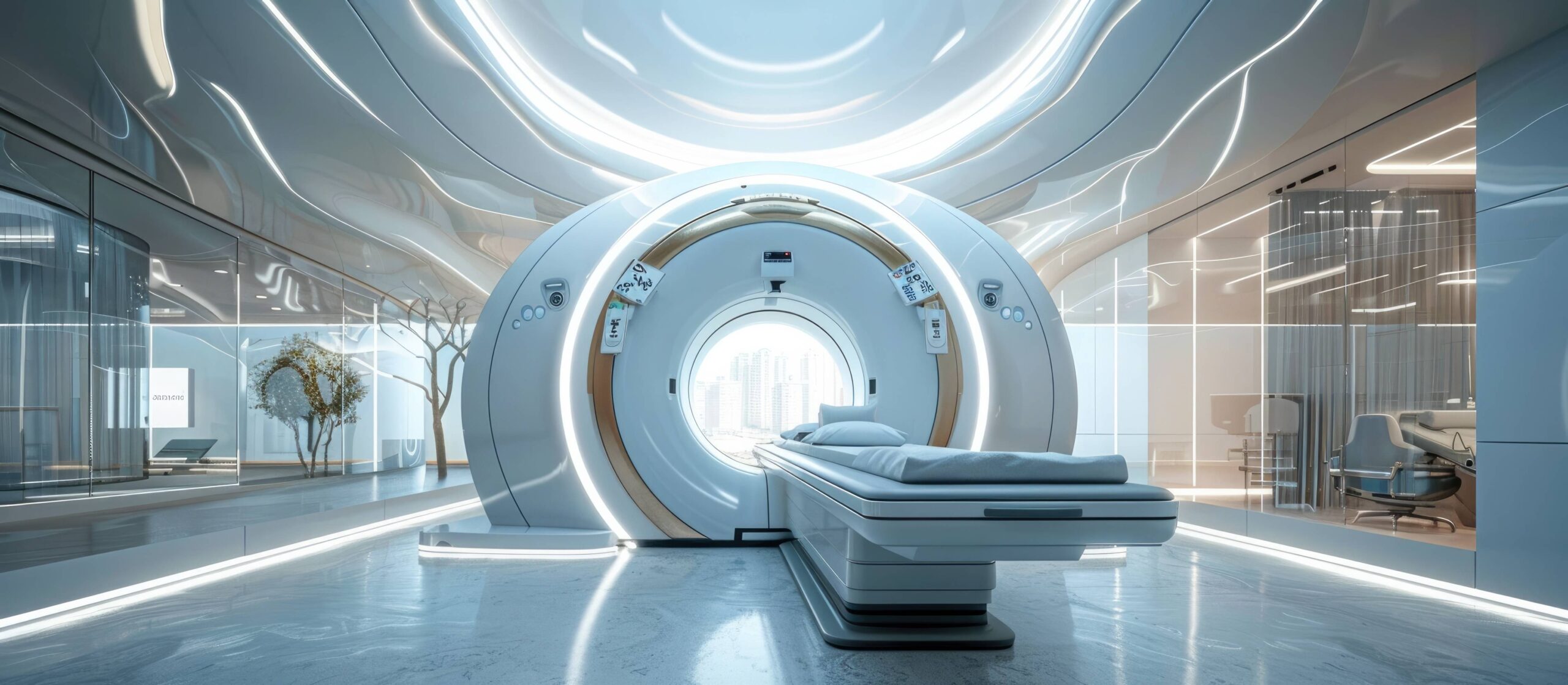Where It All Began
When I started my career in medicine, radiology was often seen as something that happened behind closed doors—quiet, technical, and mostly invisible to patients. Back then, scans were reviewed on film, results were shared by fax or phone, and it could take days before a patient got answers. That model might have worked in the past, but it was far from ideal—especially for people in rural or underserved communities.
Over time, I’ve come to see how vital it is to break down the barriers between patients and the radiology services they need. The world has changed, and so has medicine. Our patients deserve better access, faster communication, and more seamless care. I’ve made it a personal and professional priority to be part of that change.
Why Access Matters
Access isn’t just a buzzword. It’s about equity. It’s about making sure that someone in a small town or a busy urban clinic gets the same level of radiologic care as someone walking into a world-class hospital. I’ve seen firsthand what happens when access to imaging is delayed: diagnoses are missed, treatments are postponed, and patients suffer.
Radiology shouldn’t be something people have to fight to receive. Whether it’s a concerned parent needing an X-ray for their child, or a working adult looking to rule out a serious condition, people need timely answers. For me, it’s never been just about providing a service—it’s about improving lives by removing obstacles.
Connecting with Communities
One of the most meaningful parts of my work has been helping to expand radiology services into communities that don’t have easy access to them. When I helped co-found The Radiology Group, part of our mission was clear: we needed to bring high-quality radiology to places that had been overlooked.
That meant rethinking how services were delivered. It meant investing in strong communication with local providers, making our team available across time zones, and meeting patients where they are—not just physically, but emotionally and culturally.
We’ve worked with clinics in rural areas, urgent care centers, outpatient surgery centers, and even mobile units. It’s been inspiring to see what’s possible when we stop thinking about radiology as something that only happens in hospitals.
Communication is Key
One of the biggest barriers I’ve seen is not technology or training—it’s communication. Patients don’t just want a scan; they want to know what it means, what comes next, and who’s helping them navigate the process. That’s why part of our approach has been focused on transparency and responsiveness.
When radiologists communicate directly with clinicians—and sometimes with patients themselves—we create a bridge between diagnosis and care. That connection is essential. It builds trust. It speeds up decision-making. And it helps everyone feel more in control.
In my view, radiology shouldn’t be a black box. It should be part of an open conversation. That’s a cultural shift as much as a technical one, and it’s something I try to model every day in my work.
Speed and Efficiency Matter
In today’s world, waiting days or weeks for a result just isn’t acceptable. People want—and deserve—answers quickly. That’s especially true when there’s uncertainty or fear involved. I can’t count how many times I’ve heard patients say, “The waiting was the worst part.”
So one of the biggest things we’ve focused on is reducing turnaround time without compromising quality. By streamlining workflows, improving collaboration, and making sure we have the right people in the right roles, we’ve been able to consistently deliver fast, accurate results.
But it’s not just about speed for speed’s sake. It’s about reducing anxiety, improving clinical outcomes, and showing patients that their time—and their health—are valued.
The Human Side of Radiology
People don’t always think of radiology as a patient-facing specialty, but I’ve always believed it is. Every scan represents a real person with real worries and real hopes. Behind every image is a story. When I review those images, I keep that in mind.
And when we talk about making radiology more accessible, we’re not just talking about machines and reports—we’re talking about people. Patients who speak different languages. Families with limited insurance. Older adults who don’t drive. Single parents who can’t take a day off to wait in a hospital.
True accessibility means thinking about all of that. It means creating systems that are compassionate, flexible, and built around real lives.
There’s still work to be done. Too many communities still face gaps in care. Too many patients still feel left out of the loop. But I’m encouraged by what I’ve seen—and even more excited by what’s ahead.
I believe that radiology can lead the way in building a more responsive and inclusive healthcare system. We can be both precise and personal. We can move fast and still take the time to connect. We can serve more people and serve them better.
At the end of the day, it’s about being present. Being ready. And being committed to showing up—for every patient, every scan, every time.
